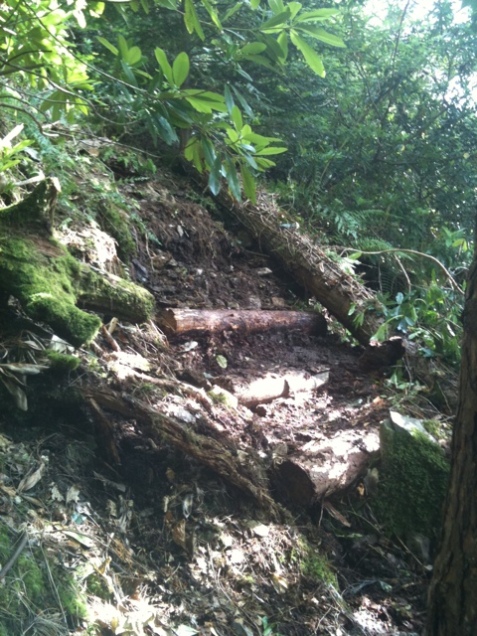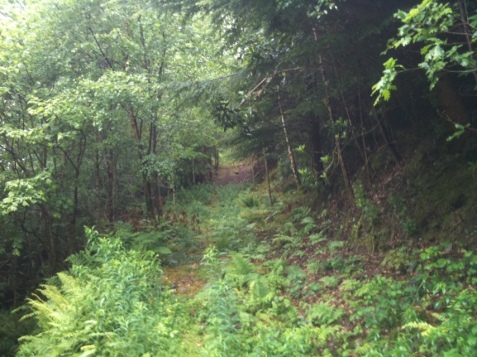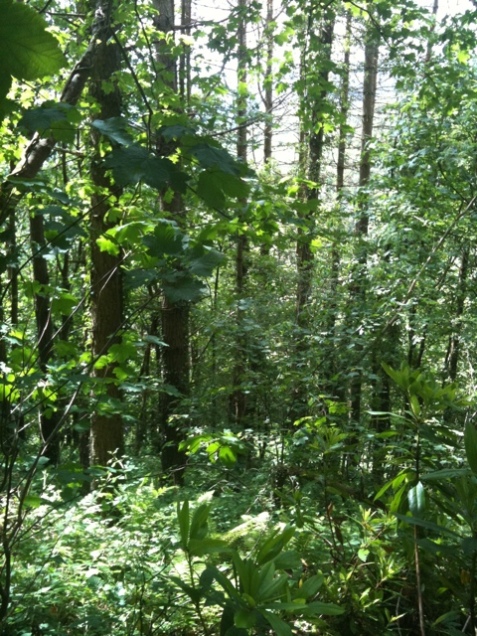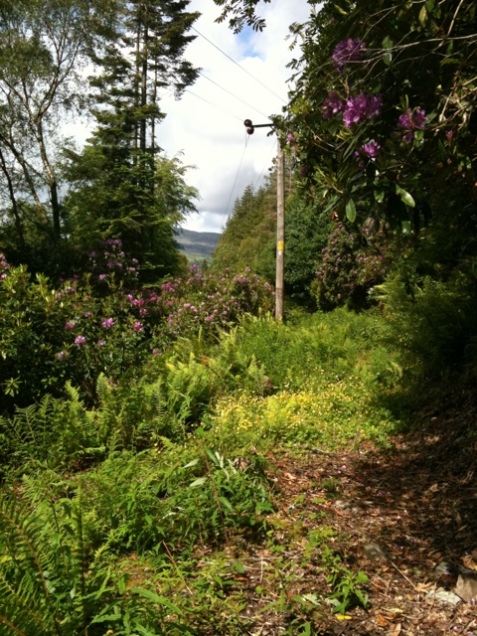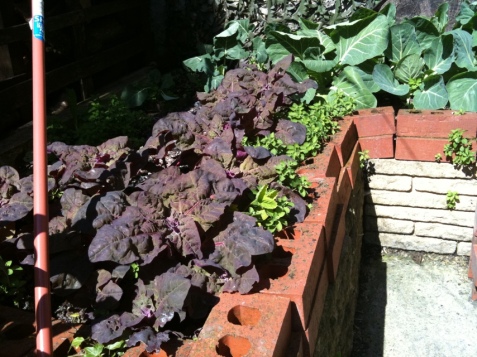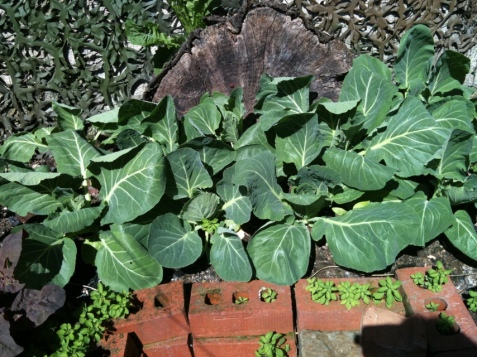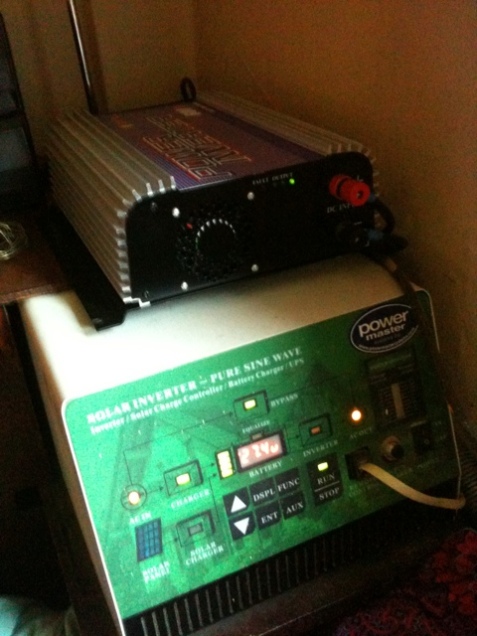When I bought Valley Wood, one of my first thoughts was that as well as bringing it into production of wood fuel, the woodland could be a destination for camping parties of friends and family.
One of my initial concerns was that the woodland is on a hillside, and the slope is quite steep in places, which doesn’t suit it well to camping. The representative of the company I bought the woodland from explained that level areas can be made with a digger quite easily, so this would be a way to do it.
The first night I spent at the woodland, I camped on the track which bisects the wood, and whilst I could see the stars, it felt very open and I was dying to camp up inside the wood itself. So the following day, I found a place up in the wood where the slope was not so steep, and with a mattock I made a tent-sized level area and pitched my tent.
This was exactly what I wanted, surrounded by trees and deep in the woodland itself.
The next couple of visits I planned where my excavated camping area was going to be, but each visit I found myself becoming more and more fond of the particular trees, rocks, plants and landscape features around my campsite. Paths through the forest seemed to suggest themselves, and became more established the more I trod them. At night I could hear creatures around me, and fell to thinking that a lot of them probably lived underneath a lot of these stones.
I realised that if I was going to get a digger in, I would first have to fell a load of these trees and then the machine would have to rip the landscape up wholesale, including everything living there. Instead of ‘camping in the woods’, I would be right back to ‘camping out in the open’ again.
The more I thought about it, the less the idea appealed to me. But what about a place for people to camp? I realised that the only other way I could do it was the way I had already started on – using my mattock, through sheer manual labour, I would have to painstakingly make camping areas tent by tent anywhere where the landscape looked suitable.
In my first few visits another thing I discovered was that for cutting down large rhododendron plants, the chainsaw I had used to begin with was far heavier and much harder work than a little folding pruning saw my dad had lent me.
What seemed to be emerging was a certain theme – that using hand tools was not only a much gentler, more careful and refined approach to shaping the woodland, but in many ways it was actually easier, or in the case of the digger, cheaper.
Then I realised that this is precisely what Permaculture teaches. In a nutshell. Less reliance on the brute force of powerful mechanisation gives an overall much better, more natural and harmonious result.
So on my last visit, I ‘set to’ and spent a day making a second campsite for another tent near the first, high up in the woods. It was hard work, excellent exercise and as someone who has not historically been particularly physically active or fit, I was impressed at how much I actually managed to achieve working on my own.
It’s going to be a long haul – but I’m much happier now with the method I’ve decided on. It’s almost as if the woodland knows what it wants to be, and I am there to do its bidding, and my reward is that I am a part of its plan.


